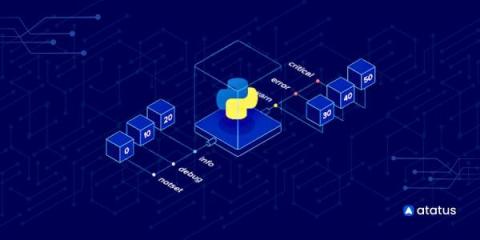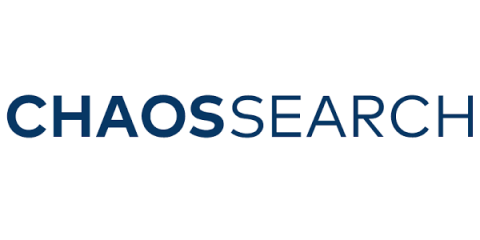Swift Standard Library Protocols - A guide to Equatable, Comparable, Hashable, and Identifiable.
There are several protocols featured in the Swift Standard Library that enable generic programming in Swift. By defining common behaviors and functionalities for types and collections, these protocols provide a standard way for types to interact with each other. Today we’re going to take a look at four of the key Swift Standard Library Protocols, these are: We’ll provide a brief overview of how each works, and then how we can implement them in our projects.











